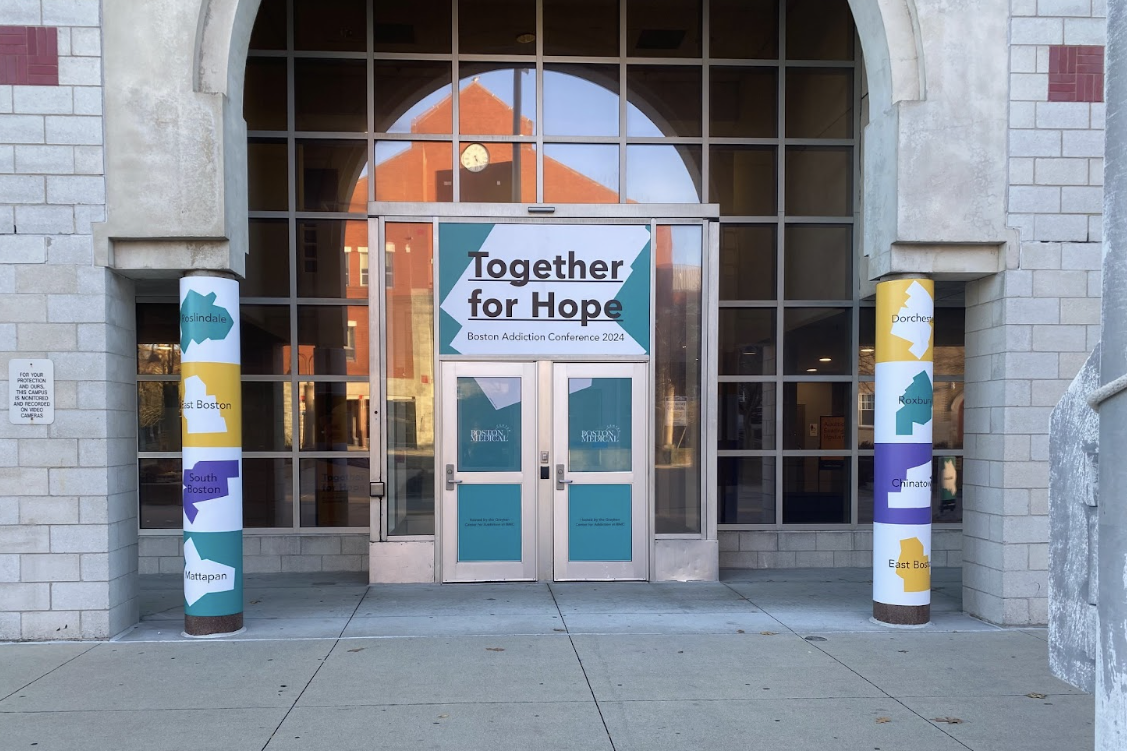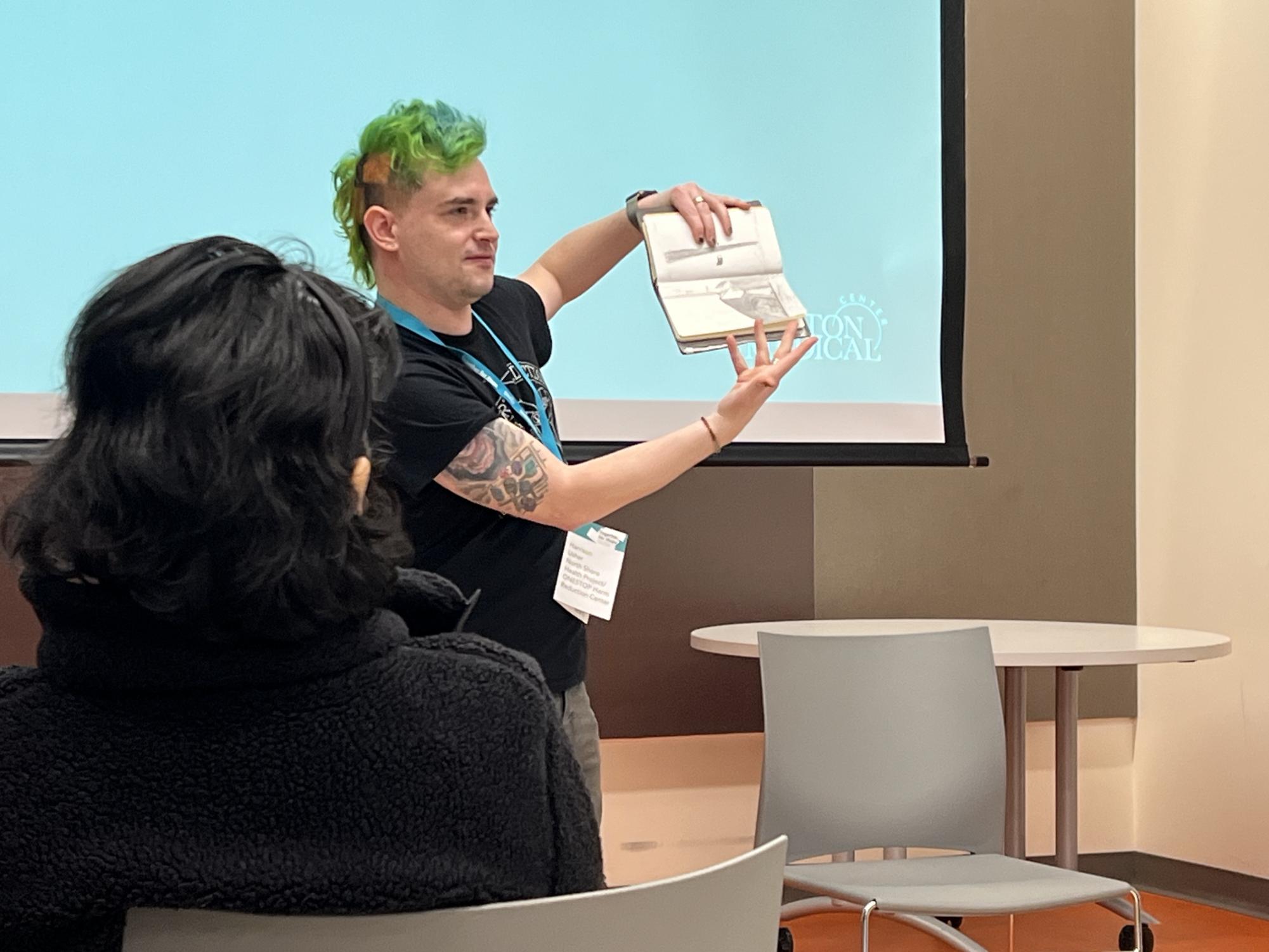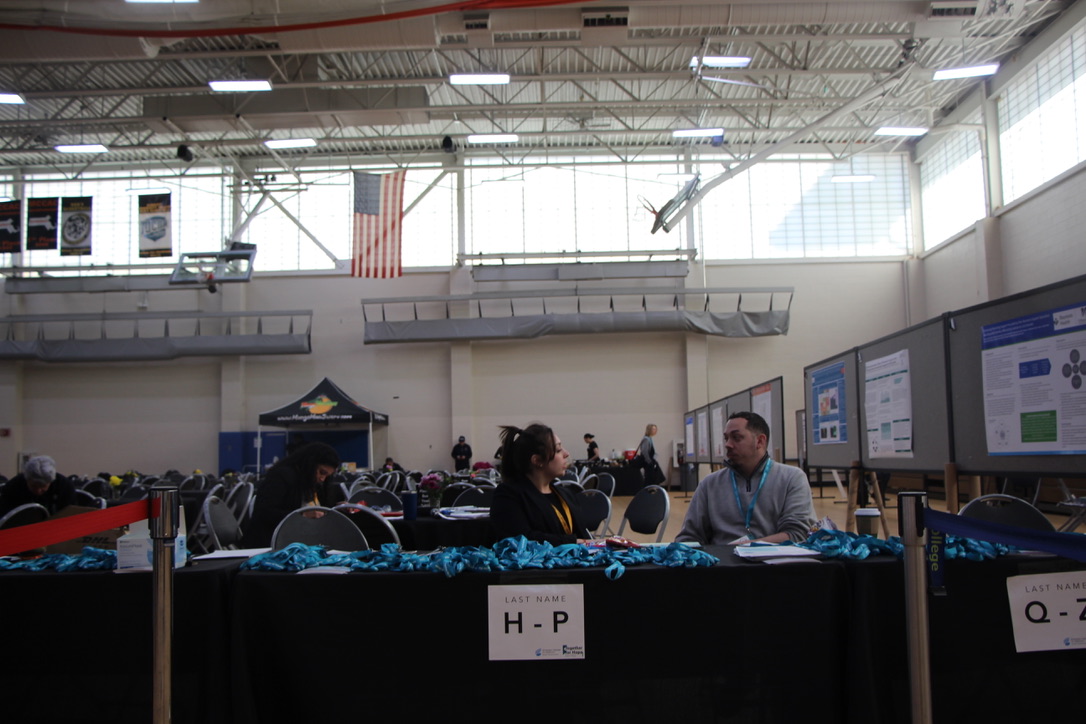
Together for Hope: Boston Addiction Conference and its impact across the community
Drug addiction is a disorder that takes over the brain. A person experiencing drug addiction will most likely develop a dependence on one or more substances. Even the smallest bit of a certain drug can get an unsuspecting person “hooked” on it and make them start to feel a deep craving for more.
With over 1500 cases of homelessness, Boston ranks as the city with the 14th highest homeless population. Research has shown that one third of unhoused people face drug addiction, making them at much higher risk than the housed population. There are several reasons why homeless people are more likely to experience fatal drug overdoses, including that street drugs can be laced with lethal substances and equipment is often old or unsterilized.
Drug addiction can have varying effects on a person depending on the drug, but all addictions have the common feature of dampening a user’s cognitive ability and awareness. Drugs also tend to be expensive, so having a substance addiction can quickly drain money, potentially leading to homelessness.
Illegal substances bought on the street have a high chance of harming individuals, and heavy use of substances can lead to health problems such as cardiovascular disease, stroke, cancer, HIV/AIDS, hepatitis B and C, lung disease and even death.

At the Boston Addiction Conference, specialists called upon communities to open their hearts and ears to people struggling with substance use disorders (SUDs), some of which took place in breakout sessions. One of these sessions was called MedMoth. Taking inspiration from the Moth Radio Hour, this session brought people together to hear the real stories of substance use disorders. These stories were told through different mediums, depending on the narrator.
One standout performance was given by Boston Medical Center Recovery Coach Phaedra Moore, who used poetry to express her unique experiences.
Below is Moore’s poem about her experience with drug addiction and the pain and regret she feels due to her addiction.
Another engaging story was told by family medicine physician Nidih Lal, titled “An Evolution of Perspective.” This narrative broke down the complicated and nuanced relationship that a recovery coach had with one of her patients.
These stories were meant to spread awareness and education about addiction in the greater Boston community. Wayland itself has experienced SUD-related deaths over past years, and experts believe it is crucial that everyone continues to reduce stigma and spread awareness about substance use disorders and addiction in their communities.
Some may assume that addiction is not a problem in their communities because it is not frequently talked about, yet overdose is a real danger everywhere, including Wayland.
Wayland Cares Director Jason Verhoosky is working to assess the damage that substances cause in Wayland and neighboring towns.
The state of Massachusetts lost over 2300 people to overdoses in 2022, and these didn’t all come from Boston. Wayland, Framingham, Waltham and Natick combined contributed to 33 of these deaths. So, how can this be stopped?
Harm reduction and education play key roles in decelerating the ever-growing overdose epidemic. Drug use has been a part of society since the 9th century B.C., so specialists say that the idea of completely eradicating drugs is unrealistic. That being said, experts claim that utilizing harm reduction instead of immediate treatment can lessen the amount of lives that addiction takes. With the rate of overdose deaths in the U.S. on a rise, a real-time solution is needed.
One proposed tactic for harm reduction in Massachusetts are overdose prevention centers (OPCs). Clinical Research Coordinator for the Substance Use Disorder Initiative at Massachusetts General Hospital Sarah Casey is working with the volunteer coalition for safe consumption sites, SIFAMA NOW!, to legalize these centers in Massachusetts.
The first ever OPC was founded in Switzerland in 1986. They are now present in over a dozen countries, including two located in New York City.
While the purpose of these centers is to reduce harm, the idea of implementing them into Boston has faced backlash. Some people believe that these centers enable drug use and put communities at higher risk of substance abuse, but there has never been a recorded overdose in an OPC.
Commissioner of Massachusetts Department of Public Health Dr. Robbie Goldstein spoke about this controversy at the Together For Hope convention.
Massachusetts is one of 37 states in the U.S. that requires substance use education. During their indoor wellness semester, 9th graders at Wayland High School are taught 15 individual lessons on drugs and drug addiction, receiving the majority of their state-required education revolving around substance use. Students learn facts about what is in certain substances, the effects of said substances on the brain, usage statistics and ways to prevent overdose deaths.
The topics covered during drug prevention education are constantly morphing throughout grade levels at WHS. According to wellness teachers, upperclassmen tend to have more lessons with themes centered around drug use and safe choices due to the presumed larger spike in drug usage during a student’s junior and senior year.
Educating people, especially people who are young and may have not had exposure to drugs yet, can help solidify the dangers of certain drugs and help students to more informed decisions when faced with situations involving substances.
WHS wellness teacher Jennifer Reed teaches some of these courses.
However, students aren’t the only ones at WHS receiving education on these topics. To be more aware when students are exhibiting signs of drug misuse, all Wayland Public Schools teachers were taught lessons about drug prevention when they first started teaching. These lessons are based in science and data, not opinion, in an attempt to move away from drug-related sigma.
Taught by Wayland Public Health Nurse Michele Fronk Schuckel, these seminars covered opioid overdose response and harm reduction training.
According to Verhoosky, education doesn’t just spread awareness, it is also crucial to battling judgment and stereotypes surrounding substance use. It is not uncommon for people to make assumptions about others after learning that an individual may be experiencing an SUD. This can lead to people feeling dehumanized and treated like inferiors, and it can make it harder for some people with substance use to reach out for help because they are afraid of the judgment. Verhoosky and Wayland Cares are making efforts to reduce stigma around SUDs in Wayland.
According to experts, misinformation can lead to dehumanization, which makes passing harm reduction legislation and prevention tactics harder. It can be very easy to believe stereotypes without first-hand experience, especially when the majority of information you hear promotes the stigma.
Education, especially of the youth, is crucial to eradicating stigma. Since it might be difficult for some to relate to a person dealing with addiction, dissolving the idea that the user “did it to themselves” or is a “bad person” are key steps in building up empathy. These ideas can be solidified when teachers give fact-based presentations explaining that addiction is a disease, not a choice.
There are a plethora of organizations around the U.S. that dedicate their time to help people struggling with addiction spread awareness. These include CASPAR, IHR, Adult & Teen Challenge and more.
For more resources, one can reach out directly to experts.
Hotlines:
Suicide and Crisis hotline 988
SAMHSA National Helpline
MA Helpline Massachusetts Substance Use Helpline
Massachusetts Drug Addiction Hotlines and Helpline
Your donation will support the student journalists of Wayland High School. Your contribution will allow us to purchase equipment, cover our annual website hosting costs and sponsor admission and traveling costs for the annual JEA journalism convention.





